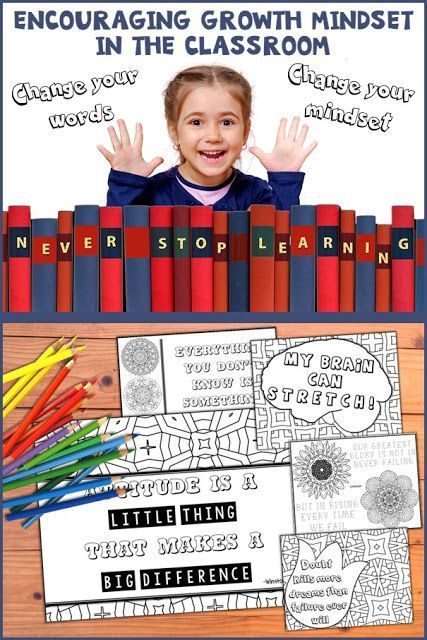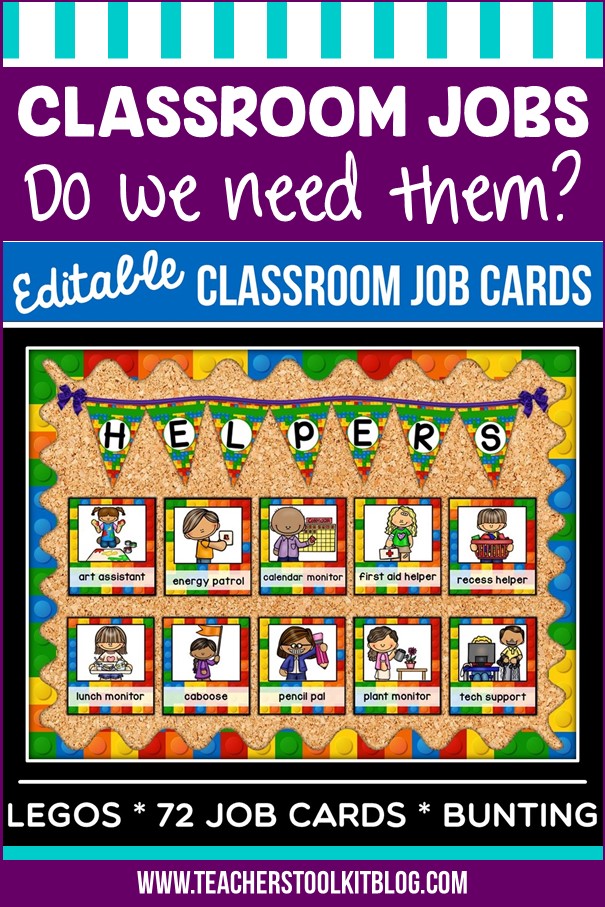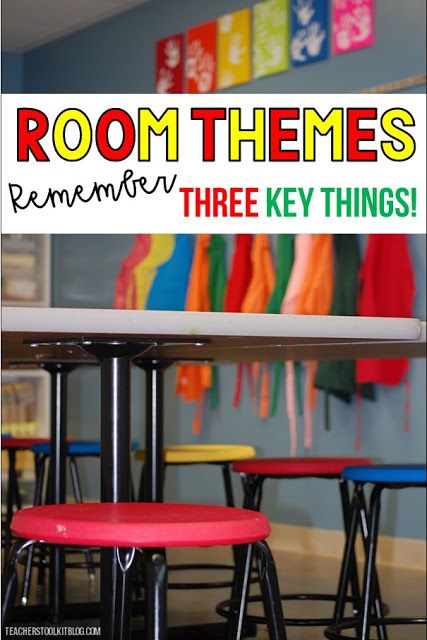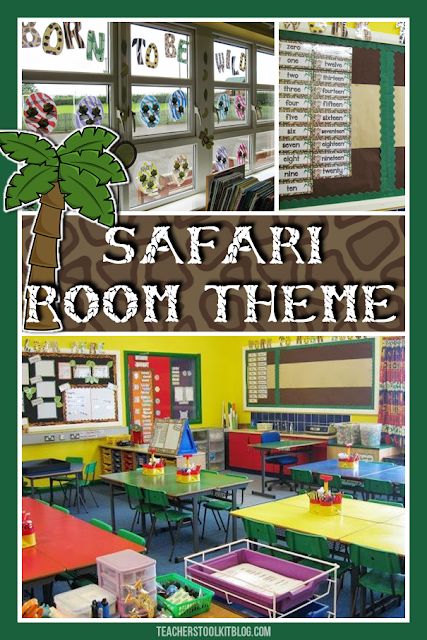Of late, there has been a lot of talk in the media and education circles about the importance of building ‘resilient’ learners. In essence this means teaching students to have a growth mindset. So, how do we encourage a growth mindset in the classroom? First, we need to know what a growth mindset is…

What is a growth mindset?
A growth mindset is a person’s belief about the nature of intelligence. Although we are born with a certain level of intelligence, we can develop it during the course of our lives through effort, strategies, facing challenges and learning from our mistakes. If a student has a growth mindset, it means that when they face a challenge and fail, they tend to be more persistent and this in turn improves their ability to learn. Having a growth mindset should ensure that students reach their full potential.
As students begin to develop a growth mindset, they will no longer need to engage in various self-protection strategies. This will, in turn, improve behavior, increase general outlook and help them control their emotions.
What is a fixed mindset?
Conversely, if you have a fixed mindset, you believe that you are born in a particular way and don’t have much scope for change. If a student with a fixed mindset fails at something, they tell themselves that it’s because of who they are and there’s not a lot they can do about it. Students who have a fixed mindset can fail to reach their potential – they believe they can’t change and therefore have no strategies for coping when things get a little tough. Because these students avoid challenges, lack effort and perseverance, they deny themselves the opportunity to improve.
Research tells us that most children naturally have a growth mindset, but their experiences at home and school can change that. At a very young age, they realise that people around them are making judgments about their ability and as a result of this, begin to make judgments about themselves.
Ways to develop a growth mindset:
1. Think about the language you use when talking to your students. For example: ‘You are so good at Math’ – using fixed language like this can lead a student to believing they are ONLY good at Math, thus developing a fixed mindset where they don’t believe they can change, grow and improve in all areas.
It’s natural to want to praise children when they do something well, but we need to do this carefully. Praising students without clarifying the process by which they got to that point, can lead to the belief that being good at something is out of their control. Understanding how they got there is key! Praise the process!
2. Give focused feedback – positive and negative. ‘I love how you drawn that person’s face – I can see their happy expression’ or ‘I think you could get this math problem right if you tried again. Your feedback encourages students to build strategies when they are struggling – you are telling them to try again, try harder or try another way.
3. Having high expectations and challenging your students will help them perform better. (Low expectations create less growth in the brain). However, don’t make the mistake of equating high expectations with pressure – ‘I will be disappointed if you don’t get this *task* right’ will only lead to self-doubt and failure.
4. Train your students to celebrate mistakes, rather than hiding them. Some schools have a learning mistakes board. Students are given time to share the mistakes they have made that day and discuss what they have learnt from them. Helping students to face their mistakes head on will lead them to see these as a necessary part of the learning experience for all students.
5. Use inspiring role models in your classroom. Think about your child’s favorite athlete or musician and talk about their journey to success. We call this ‘unravelling the talent myth’. If someone has done well we have a tendency to think they were born that way. Rather than focusing on somebody’s ‘natural talents’, focus on their early efforts, strong work ethic, and the mistakes and learning that led them to where they are now.
To help students understand what a growth mindset is, many teachers employ growth mindset quotes and create bulletin boards with them.
I made the following set for my classroom and combined them with the current trend for ‘mindfulness’ through coloring.

This pack of 25 growth mindset quotes on coloring pages for students is a great addition to your elementary classroom and an ideal medium for developing a growth mindset in your students.
The printables, once completed, create a colorful display on bulletin boards and remind your students of the ‘power of yet’ and the ability of their brains to grow! Students can also place the posters in their binders or notebooks for constant motivation. Added bonus: great for fine motor skills too!




I love your blog posts! This is so useful – thank you so much for the freebie too!